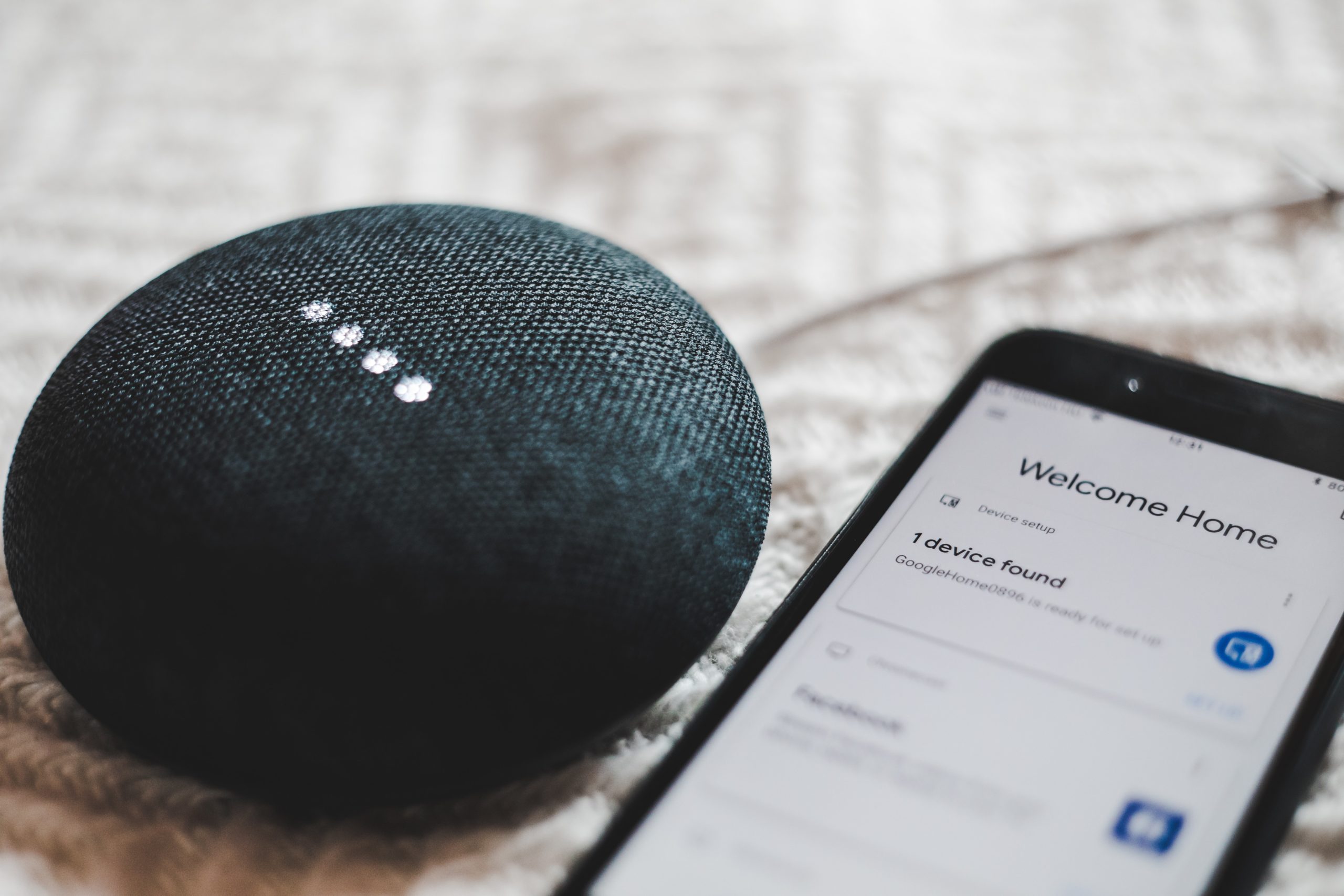By Colleen Fahey, with generous help from Susan Westwater and Scot Westwater
After participating in multiple Voice Lunch sessions, I’ve come to find interactive voice devices that were out of my sight or not invented yet have begun to feel ubiquitous.
Understanding these devices will be important to the sonic branding business because marketers who deploy voice will surely need tailored sonic identities to stand out. Why? Because with voice-only interfaces like the Amazon Alexa there are no screens, so the only way for your brand to stand out from the next one is to deploy a custom audio brand.
Let’s take a look at some voice device types.
1. Smart speakers
With these, a person can use spoken commands to communicate with a device. People may ask these compact little helpers to stream audio content, provide information, tell jokes and even communicate with other devices. You probably know them by these names: Google Nest Mini, Apple HomePod, Amazon Alexa Echo, and Amazon Alexa Auto.
2. Smartphones
Apple’s Siri, Google Assistant, and Amazon’s Alexa all are available via the various smartphone platforms. Also, iOS and Android apps can enhance or simplify user experiences via voice interactions.
3. Smart displays
These nifty tools are smart speakers with touchscreens. These are the key players offering multi-modal experiences in which voice works together with a visual display screen. Examples of smart displays include Amazon Alexa Show and Google Home Hub.
4. Hearables
These in-ear devices deliver voice experiences without any screens. When you see someone walking down the street talking avidly to no visible companion or device, these are probably the culprits. They go by various names including Apple AirPods, Amazon Earbuds, Samsung Galaxy Buds, and Google Pixel Buds.
5. Wearables
Like hearables, these devices deliver screenless voice experiences, but people wear them as clothing or accessories. Key examples are the Apple Watch and smart glasses like the Amazon Echo Frames.
6. In-Car
These devices bring voice assistants into automobiles to enable drivers to have hands-free experiences. The top examples include Apple CarPlay, Amazon Alexa Echo Auto, and Google Android Auto, but there are also automotive brands, like Mercedes, that have their own in-car assistants.
.
If you’re designing products these days, you may well be pondering how to incorporate voice into them. Certainly voice-driven appliances are coming on fast. Recently, we heard of an air conditioner company in Asia that sold identical products at three different price points. The only differences were in the trim and the voice. Economy models had young and cheeky voices, mid-range ones sounded like a friendly mom, and the premium products came with the refined voice of a British butler!
Photo by Jeremy Bishop on Unsplash




